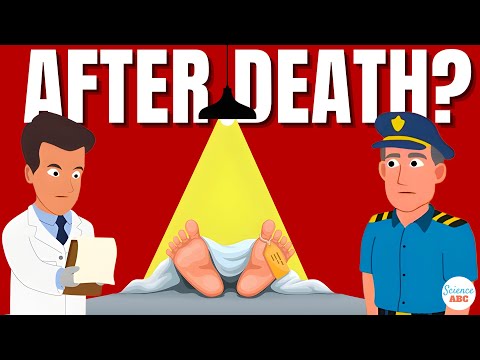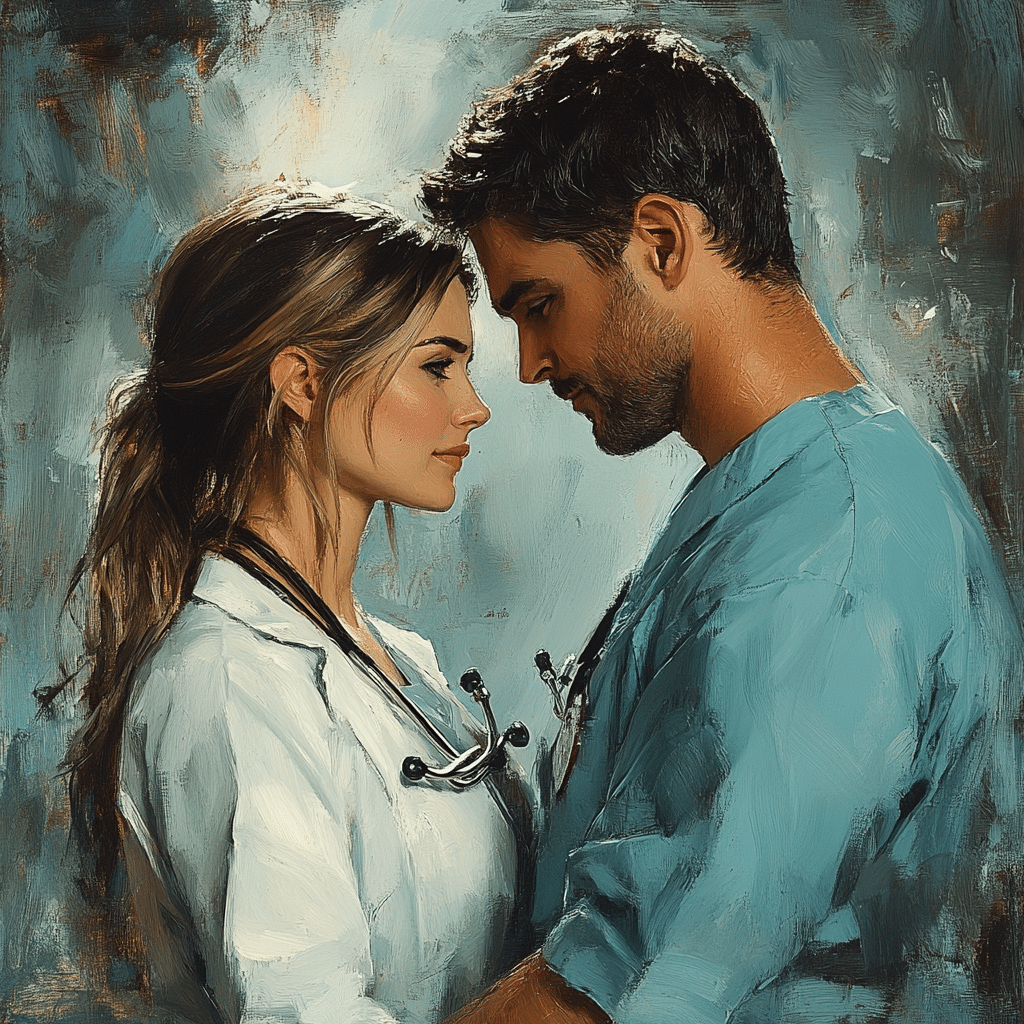Rigor mortis—sounds like a fancy name for a horror movie, right? But this term actually refers to something pretty fascinating: the stiffness that sets in after death. Derived from the Latin phrase meaning “stiffness of death,” rigor mortis is a real-life phenomenon that sparks curiosity among many, from scientists to folks just trying to understand the cycle of life and death. So, what exactly happens to our bodies after we take our last breath?
Let’s dive into the science behind rigor mortis and explore its implications, all while having a bit of fun.

Understanding Rigor Mortis: The Science Behind the Process
Let’s break it down! When someone dies, their heart stops beating, and our bodies kick off a series of biochemical changes. Initially, you get muscle relaxation—that’s when the body goes limp—before rigor mortis comes knocking. As ATP (adenosine triphosphate), the energy currency of our cells, runs low, muscles gradually stiffen. This whole scenario isn’t just a fascinating biological dance; it’s also crucial in forensic science for determining the time of death. What’s even cooler? Scientists can give us the lowdown on how all this works, opening up new insights into biological decay.
Top 5 Facts About Rigor Mortis You Didn’t Know

The Maleficent Side of Rigor Mortis: Myths and Misunderstandings
Rigor mortis isn’t just a topic for scientific inquiry; it’s also surrounded by myths that can send chills down your spine. Misunderstandings about this natural process can have significant effects on public knowledge and perception of death.
Debunking Common Myths

Rigor Mortis in Popular Culture: Representations and Misinterpretations
You’ve probably seen rigor mortis pop up in movies and books. Sometimes it’s accurate, but more often than not, filmmakers take some pretty wild liberties. Works like “The Sixth Sense” and “The Autopsy of Jane Doe” employ the concept to build suspense, but usually gloss over the scientific realities behind it.
Major Works Featuring Distorted Depictions
Now, don’t get me wrong—movies need drama! But it’s important to recognize that these representations can distort how we perceive the realities of death.

The Implications of Rigor Mortis: Legal and Ethical Considerations
The significance of rigor mortis isn’t just academic; it spills right into real-life legal dramas. Forensic experts rely heavily on their interpretations of rigor mortis, and these findings can sway court cases in profound ways.
Ethical Dilemmas in Forensic Science
When scientific accuracy clashes with public perception, ethical questions bubble up for forensic professionals. Misunderstandings can lead to wrongful convictions and sensational media narratives, which skew societal understanding of death. It’s a tough nut to crack, and the stakes are monumentally high. Imagine the mix-up if a small-town cop mistook a stiff smile from rigor mortis for a smirk of guilt!

Innovative Insights: The Future of Rigor Mortis Research
The future of rigor mortis research is looking bright—thanks to technological advancements! Experts are marrying machine learning with biochemical studies to decode postmortem changes effectively.
Emerging Technologies and Their Potential
Imagine AI algorithms studying past rigor mortis cases to predict time of death more accurately. That’s not just science fiction—it’s on the horizon! As we learn more through biochemical methods, we may unlock innovative techniques for determining the rate of decomposition. Pretty neat, huh?
As we peel back the layers of rigor mortis, we not only get to nerd out on the science but also grasp its broader cultural implications. Learning about this chilling truth helps us engage in meaningful conversations around death, understanding, and grief. The dance between life and death is fascinating, and staying informed ensures we navigate it wisely—because no one wants to come out looking like a persona non grata.
So, whether you’re diving into the nitty-gritty of forensic science or just enjoying your favorite flick, there’s much to explore in the world of rigor mortis. Who knew death could be this intriguing?
And don’t forget, next time you hear about rigor mortis, consider the real story behind the science before jumping to conclusions! Just like the Tik Tok thots remind us, there’s more than meets the eye. Whether it’s the latest trending topics or classic films like Shrek 4, knowledge is power, and understanding these concepts can make you the most interesting person at the party! So, saddle up and keep learning!
Rigor Mortis: Uncovering the Chilling Truth
The Basics of Rigor Mortis
Rigor mortis, the postmortem stiffening of muscles, typically sets in a few hours after death. This fascinating biological process not only gives insight into the stages of decay but also leaves many folks scratching their heads in wonder. Did you know that this phenomenon has been used in crime investigations? Just like a keen detective seeking clues, forensic experts can determine the time of death by examining the onset and progression of rigor mortis. It’s kind of like how Canadian Prepper dives into survival tactics that help folks navigate life’s unexpected turns.
The Science Behind the Stiffness
As the body cools, the muscles become rigid due to biochemical changes, particularly the depletion of ATP, an energy source in cells. Folks might think rigor mortis is as simple as flipping a switch, but it’s a bit more like playing a game of chess, calculating every move. Fun fact: the duration of rigor mortis can vary based on factors like temperature and physical condition. It might stick around longer in colder climates or under certain conditions—sort of similar to how narratives unfold in shows like Joe Pickett, where atmospherics play a crucial role. It’s crucial to remember, just like with the Cheapest massage near me, timing can significantly affect the experience.
Pop Culture Connections
In the whimsical world of entertainment, rigor mortis has inspired various storylines—from spine-chilling horror flicks to comedic takes on the afterlife. Celebrities sometimes inject a dose of humor into the grim subject, giving audiences a unique perspective. For example, Natalie Maines of the Dixie Chicks once joked about the eerie qualities of death in one of her songs, highlighting how fun and dark themes can intertwine. Whether it’s the thrilling chase scenes reminiscent of Bears Vs Lions or character arcs that echo the complexities of life—there’s always a real-life connection worth exploring.
So, whether you’re delving into the morbid enigma of rigor mortis or just looking for a laugh amidst the chilling truth about death, there’s a curious fusion of science and storytelling that keeps us all engaged! And remember, just like the intriguing insights from Marcus, you’ll always find something new to learn and ponder about when it comes to life’s mysteries.























